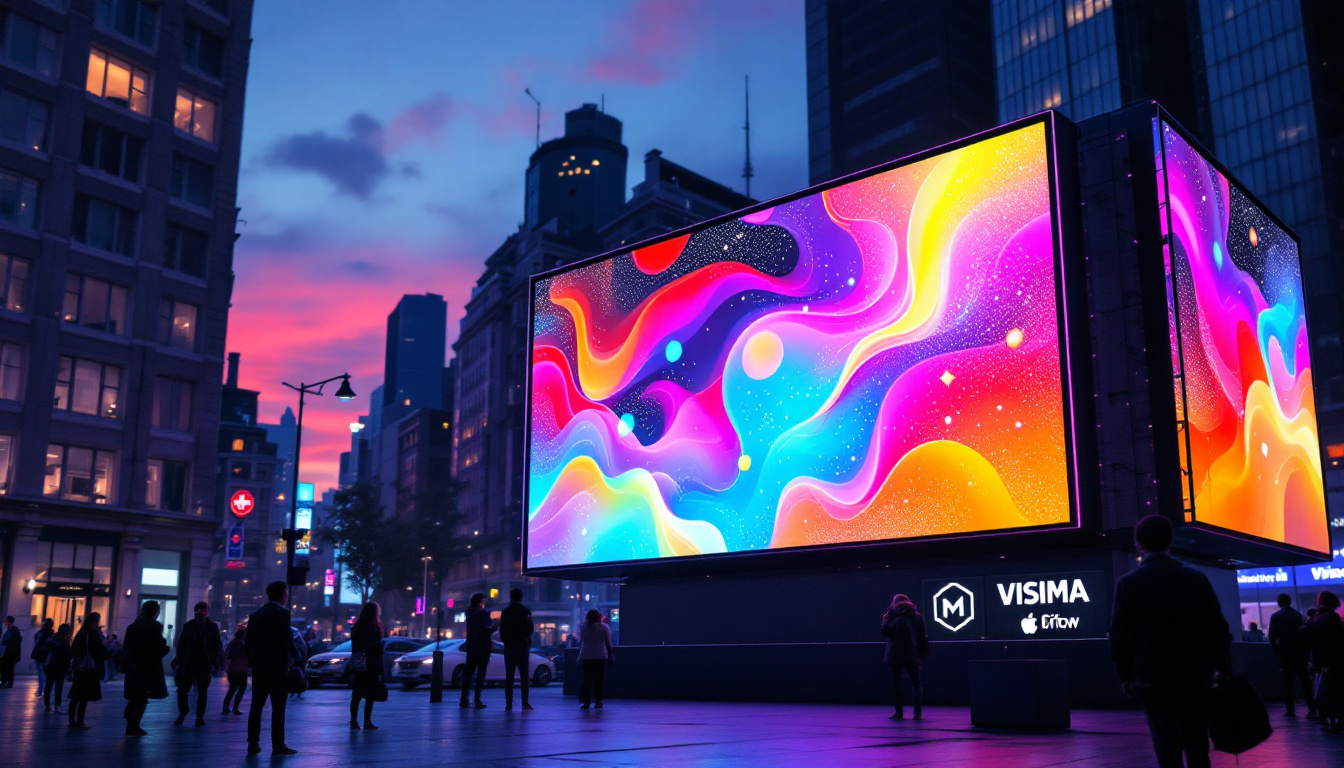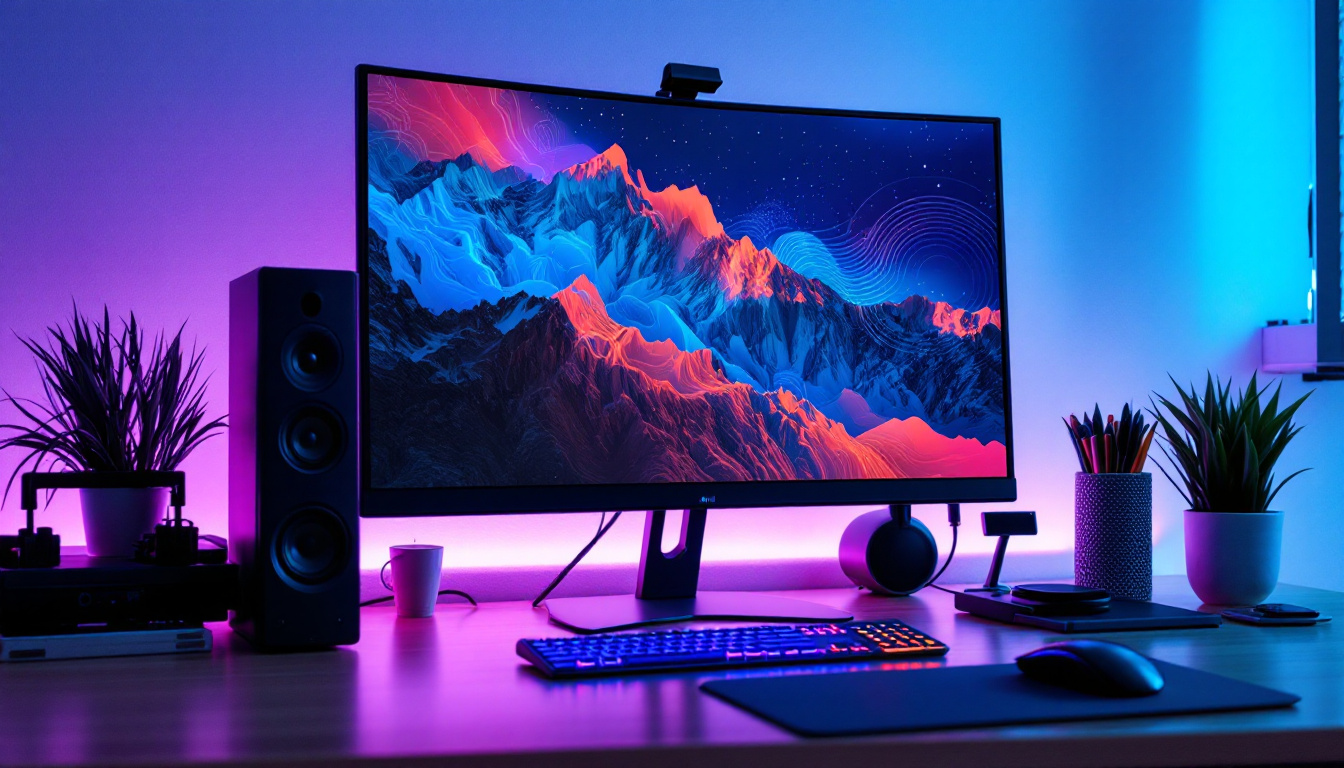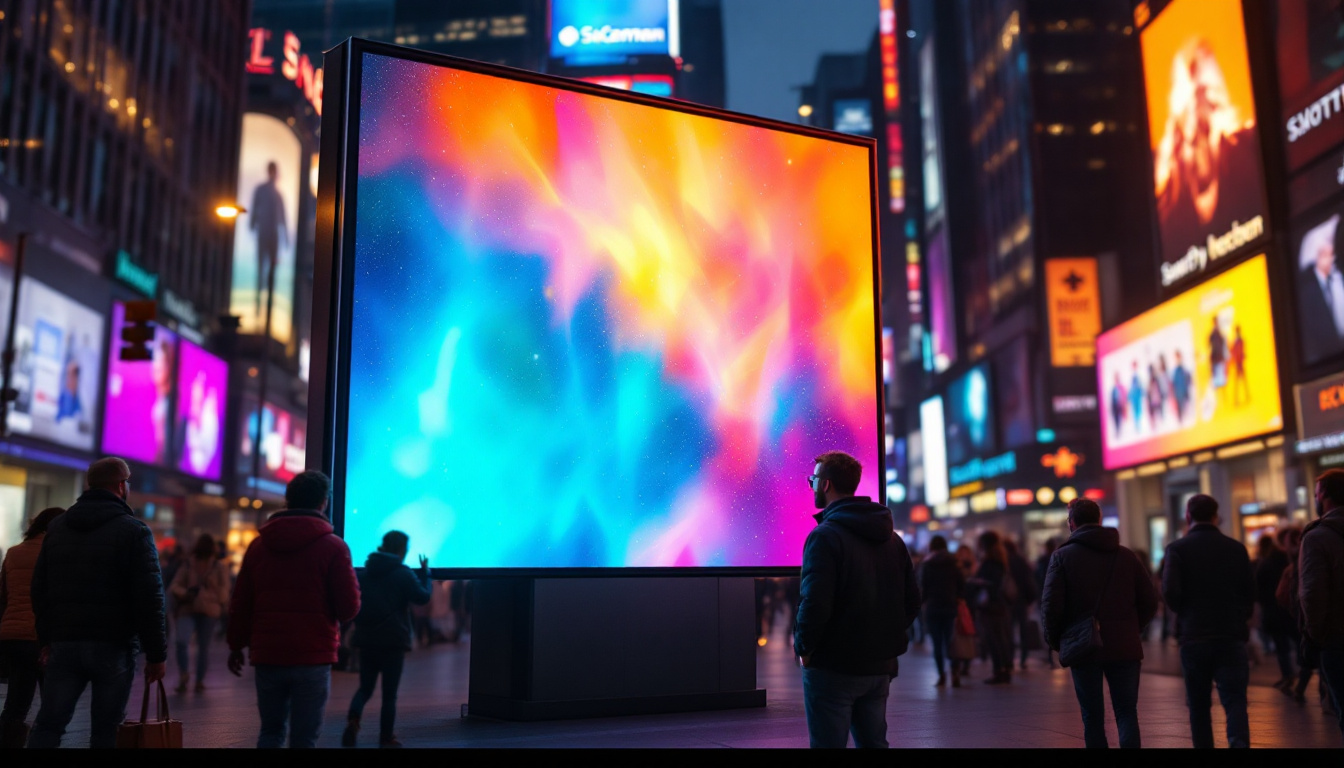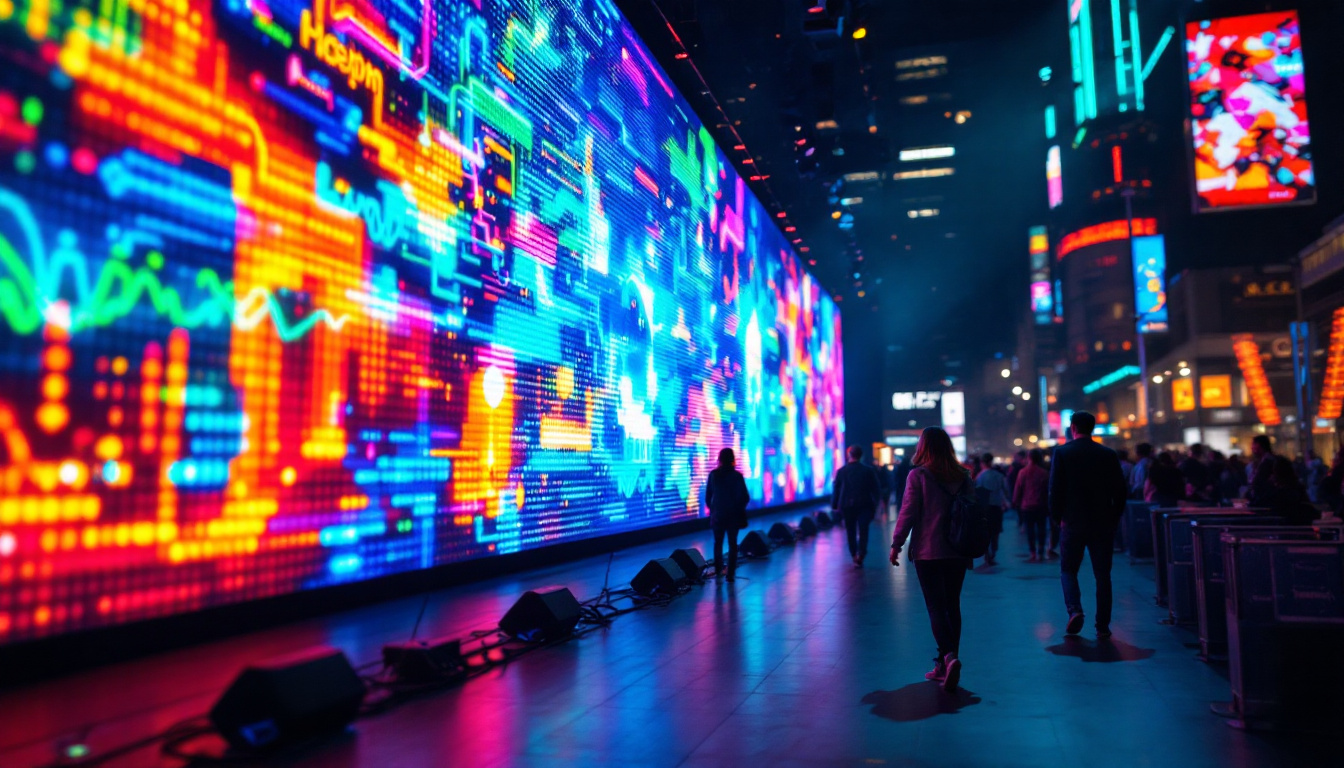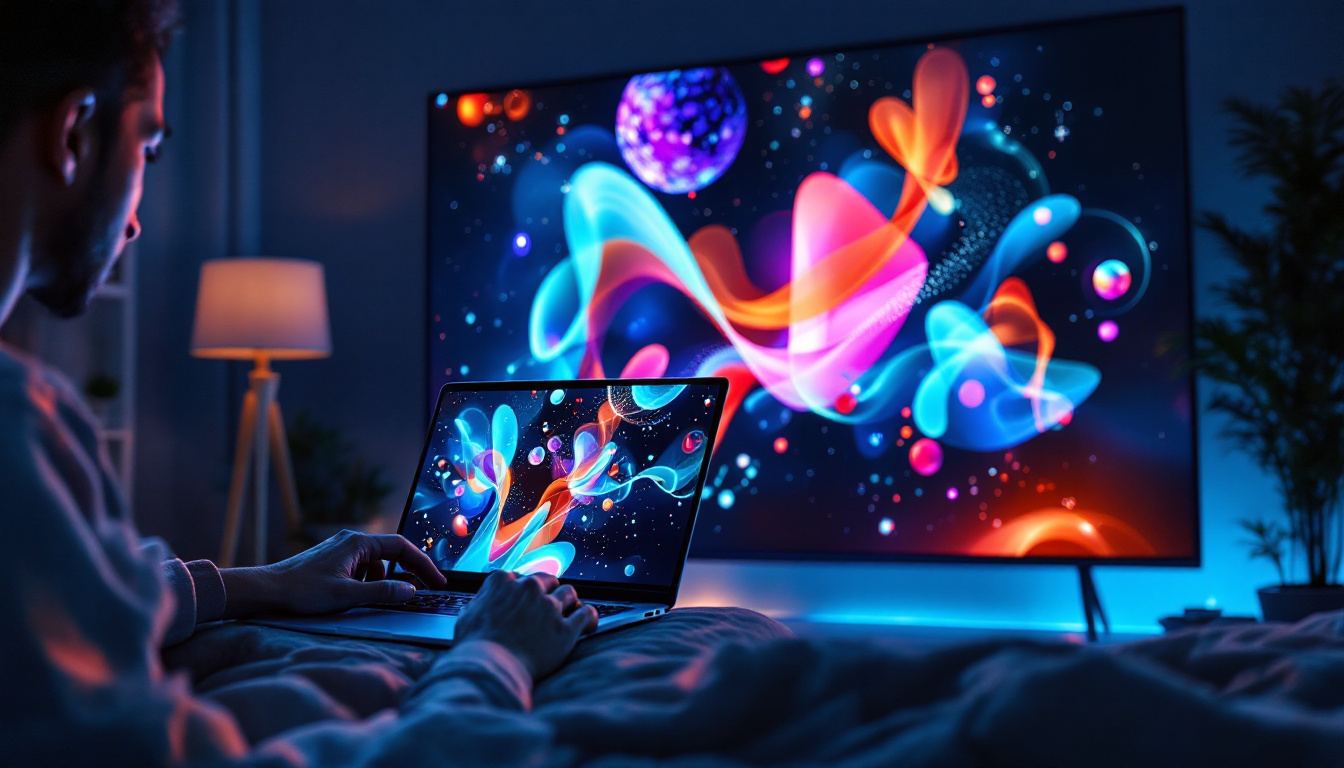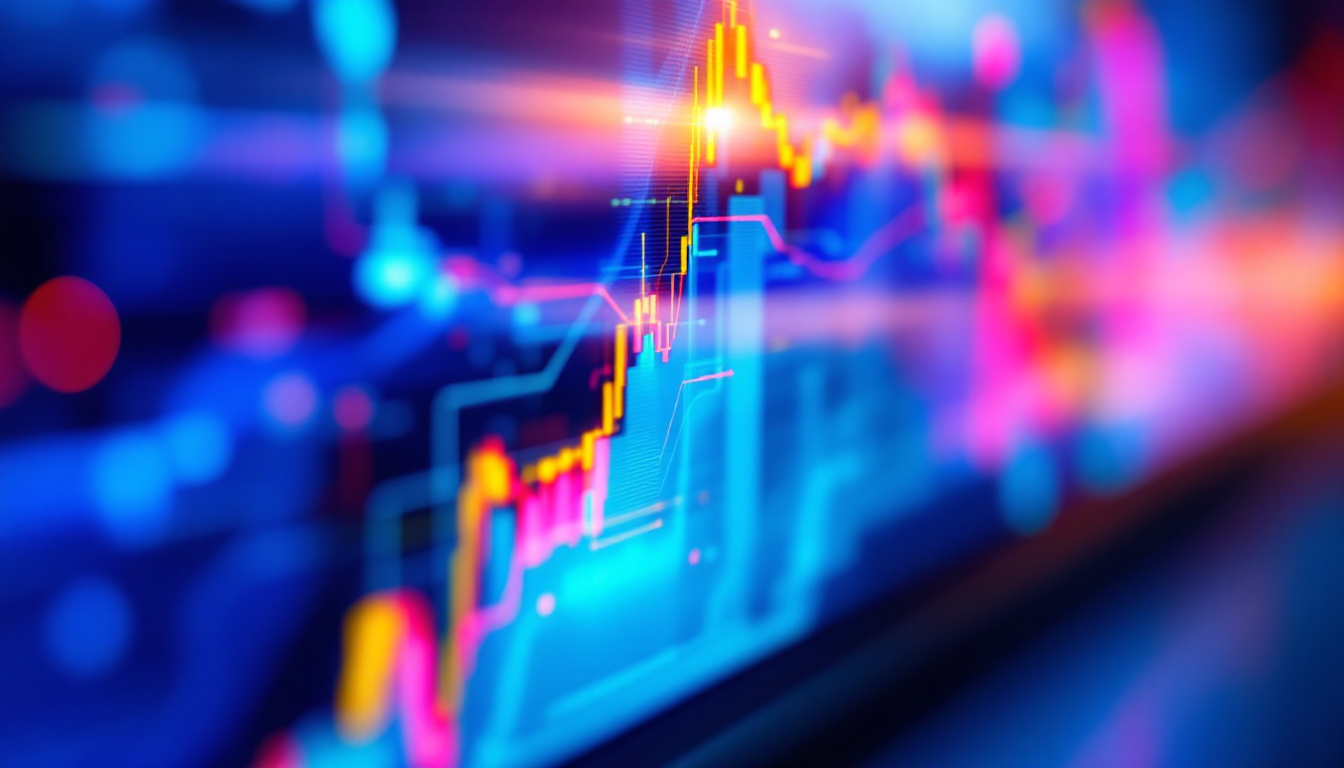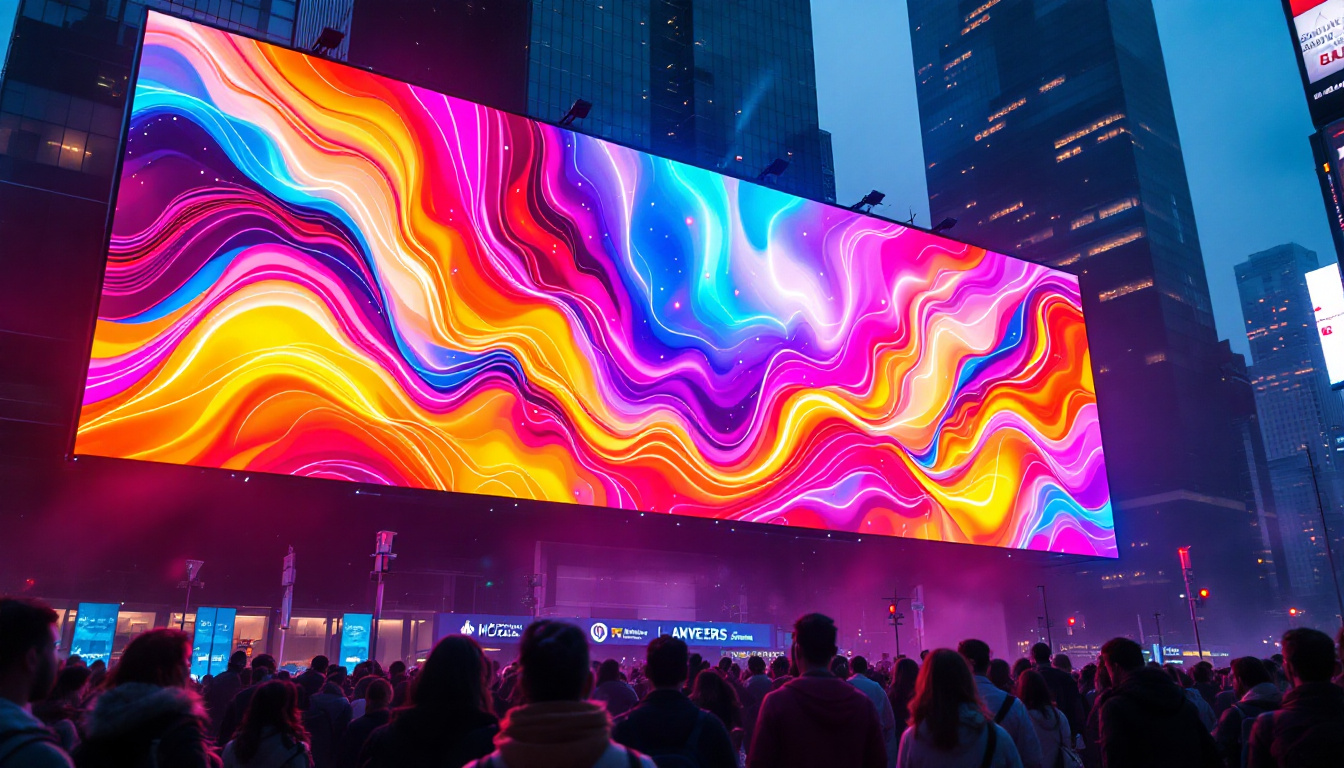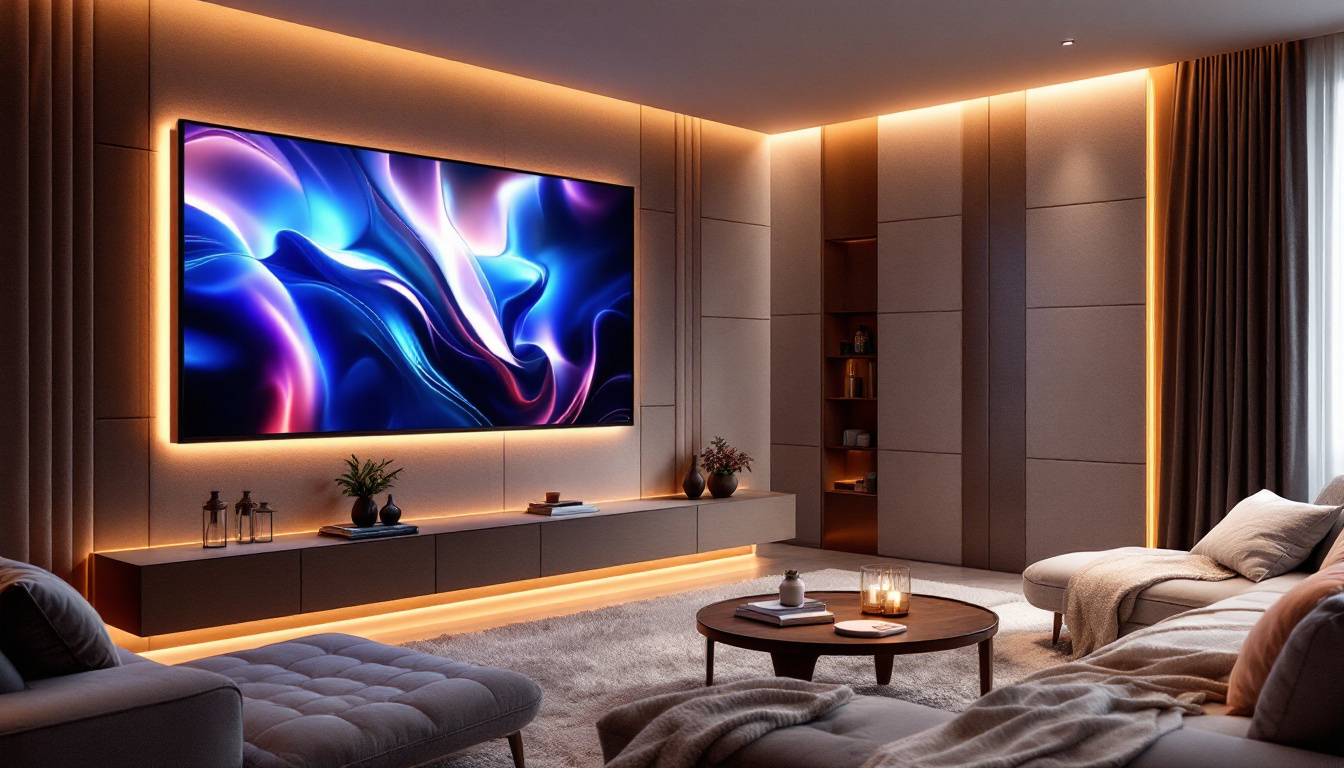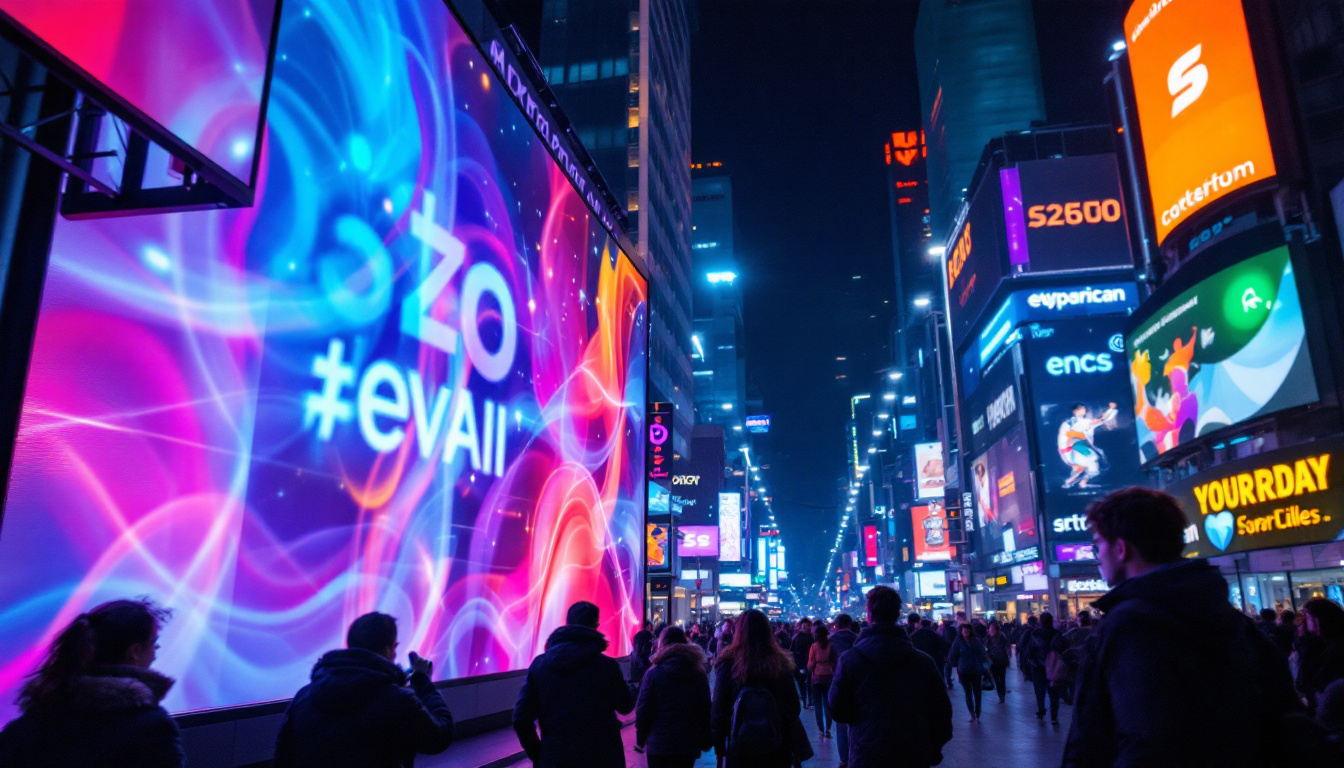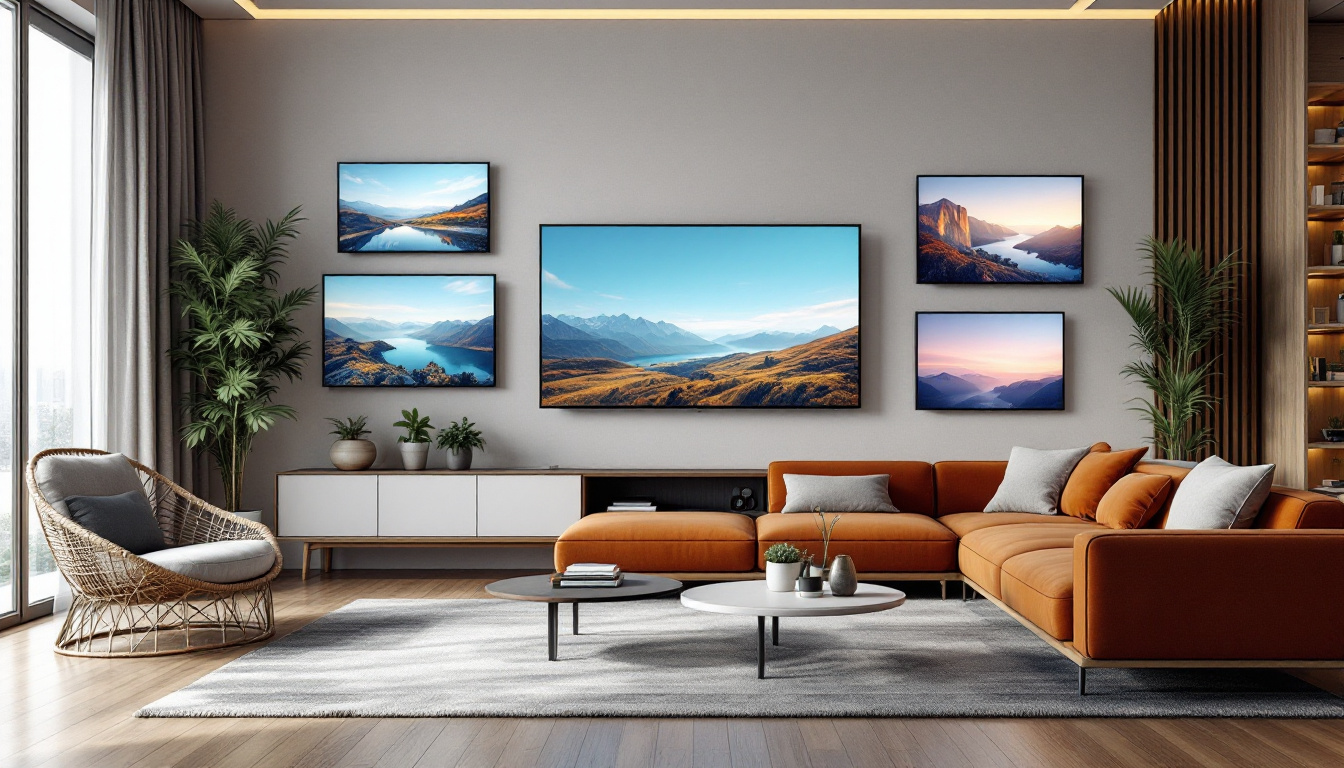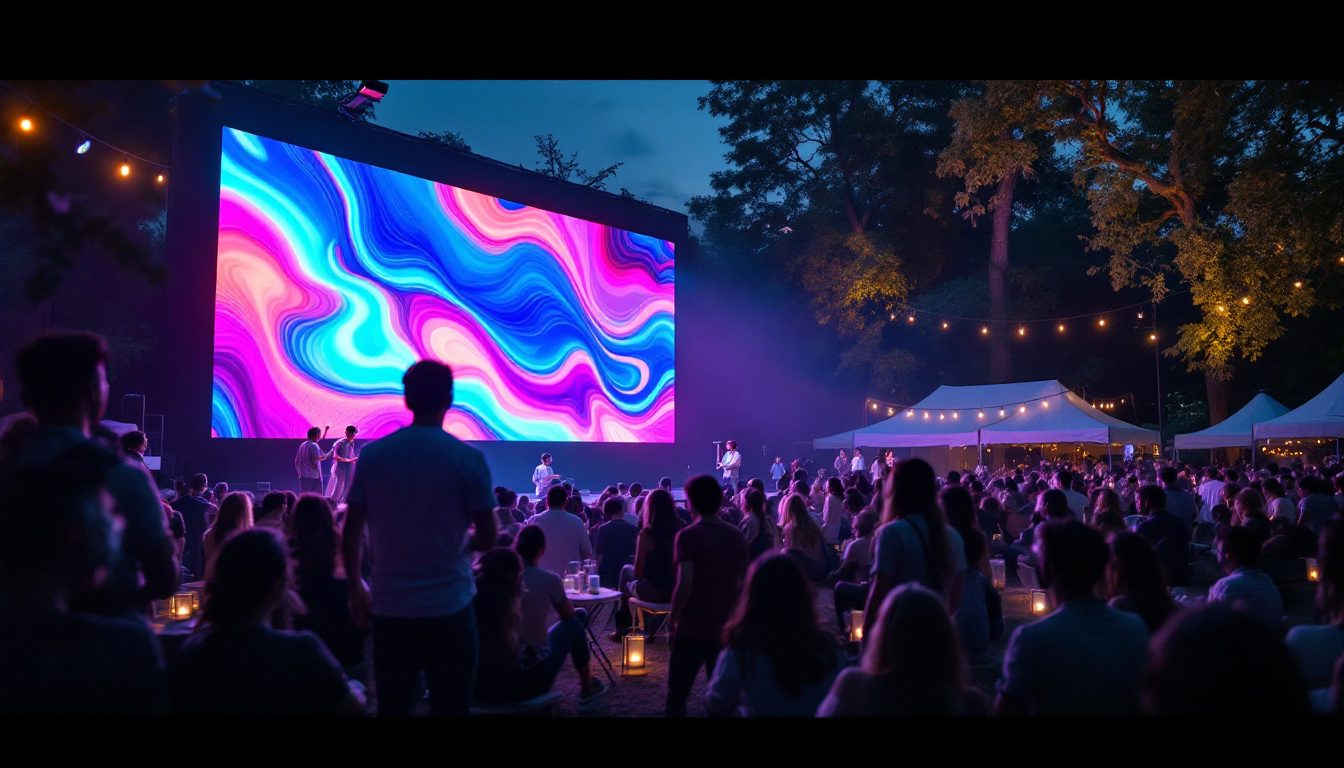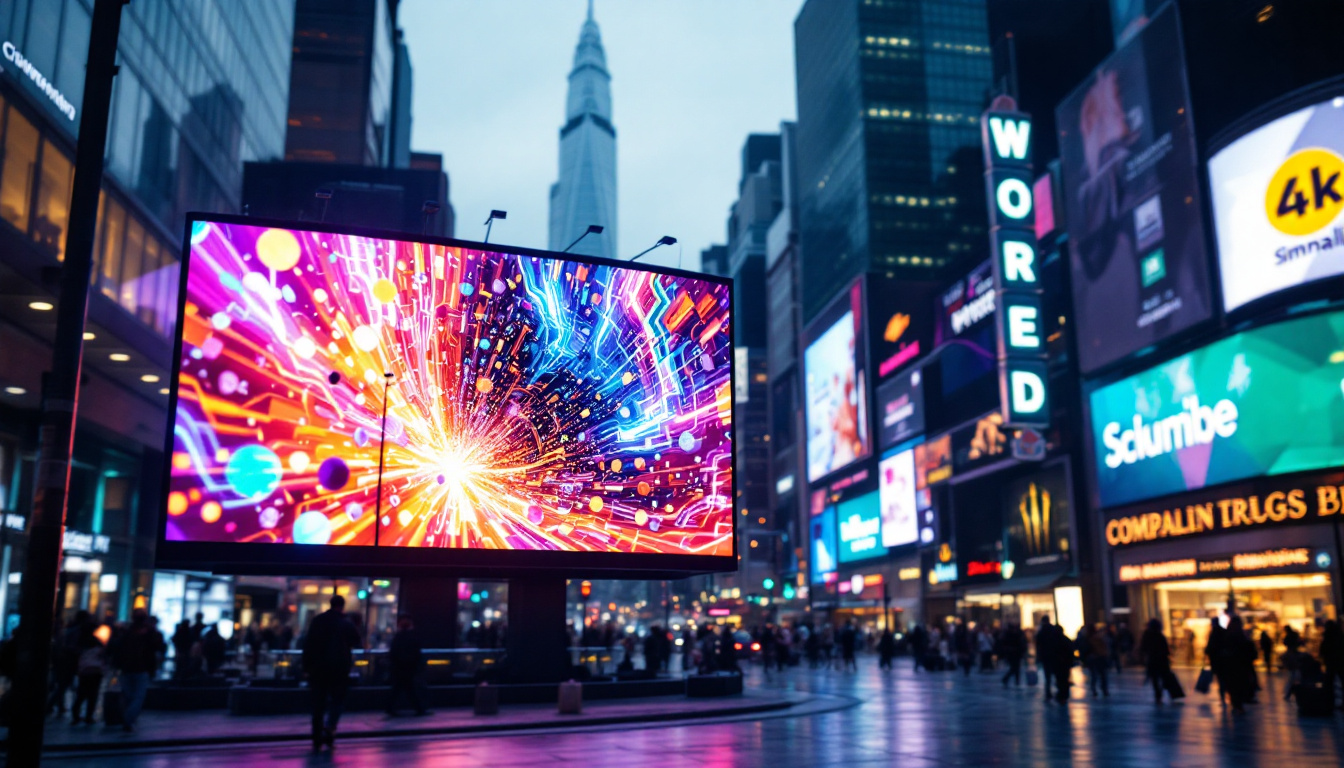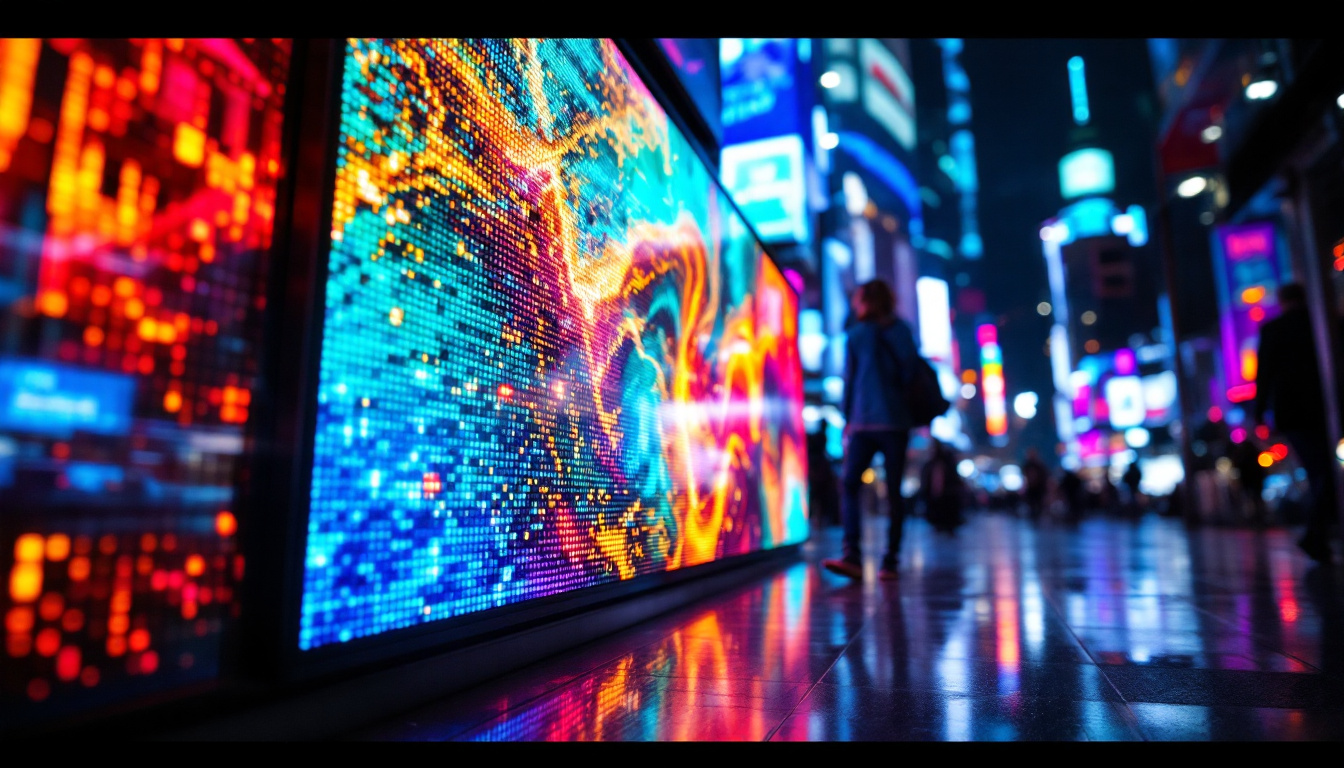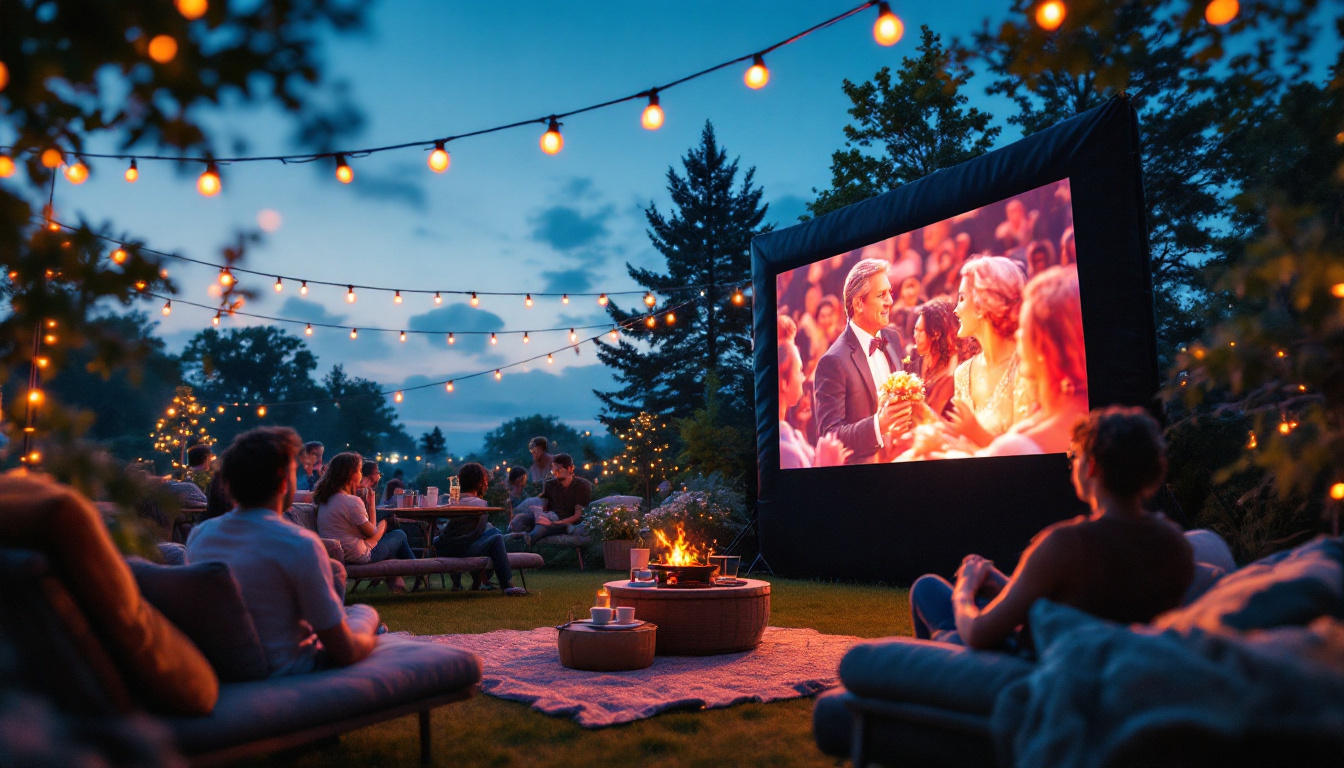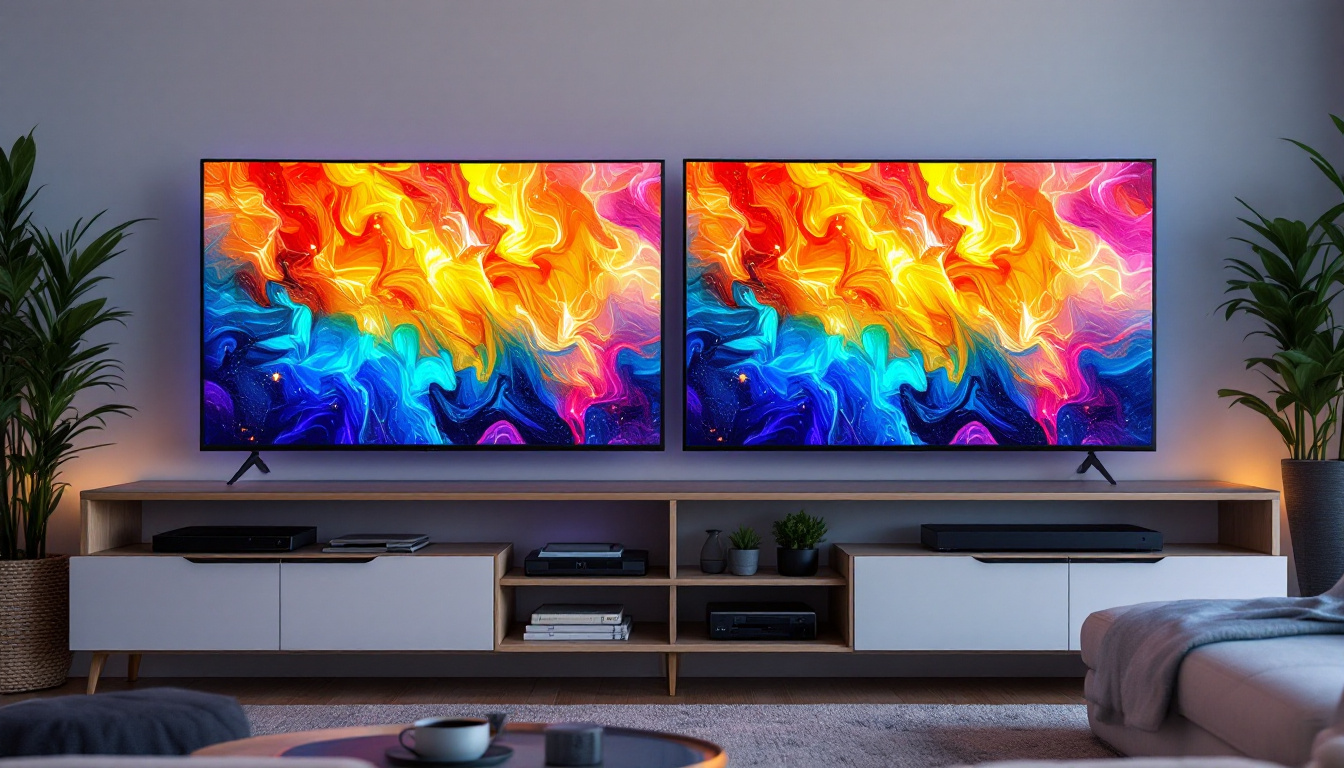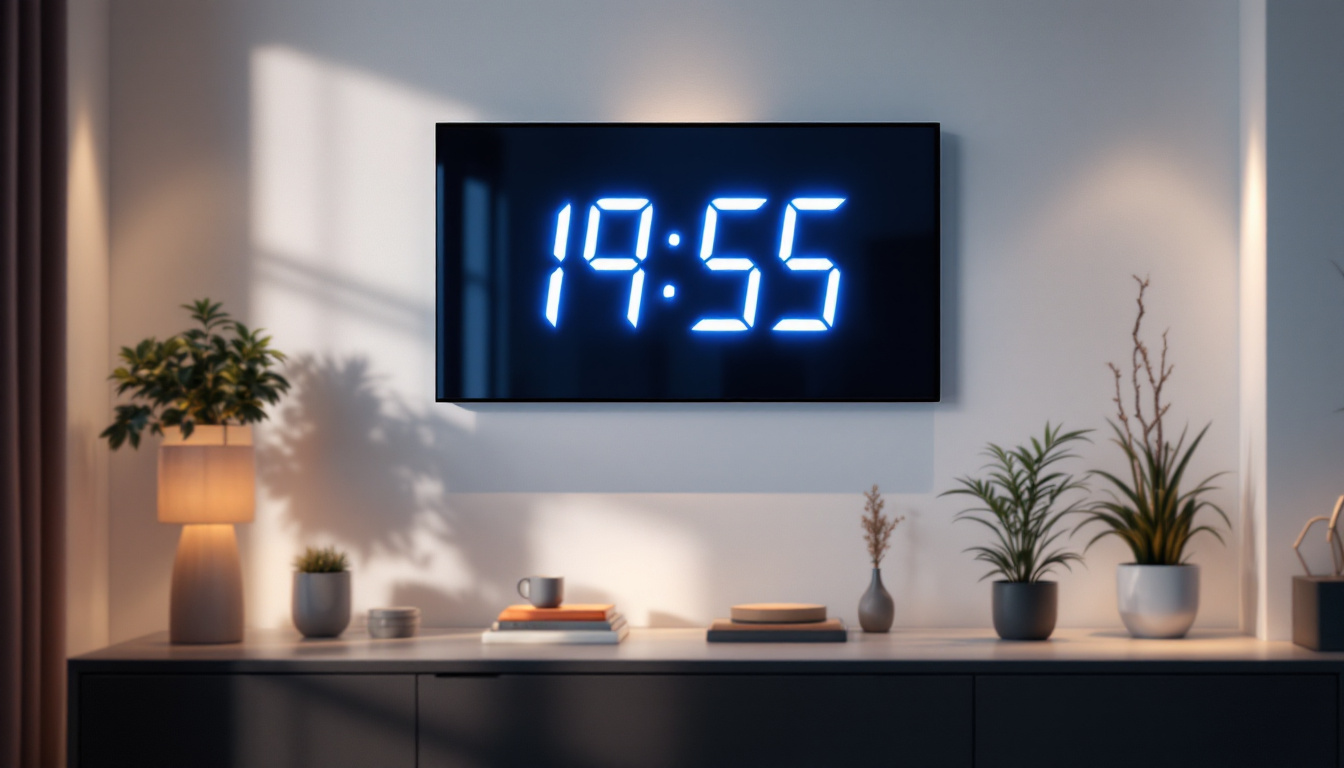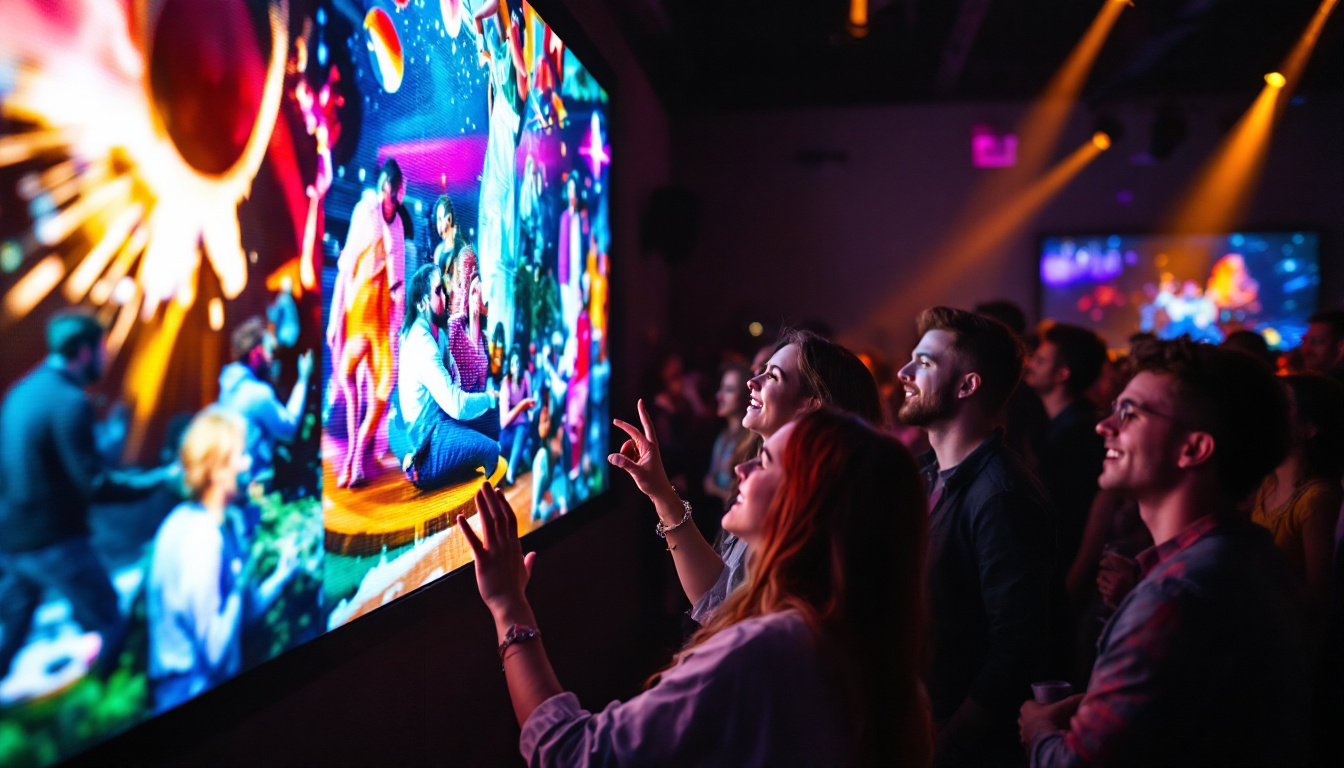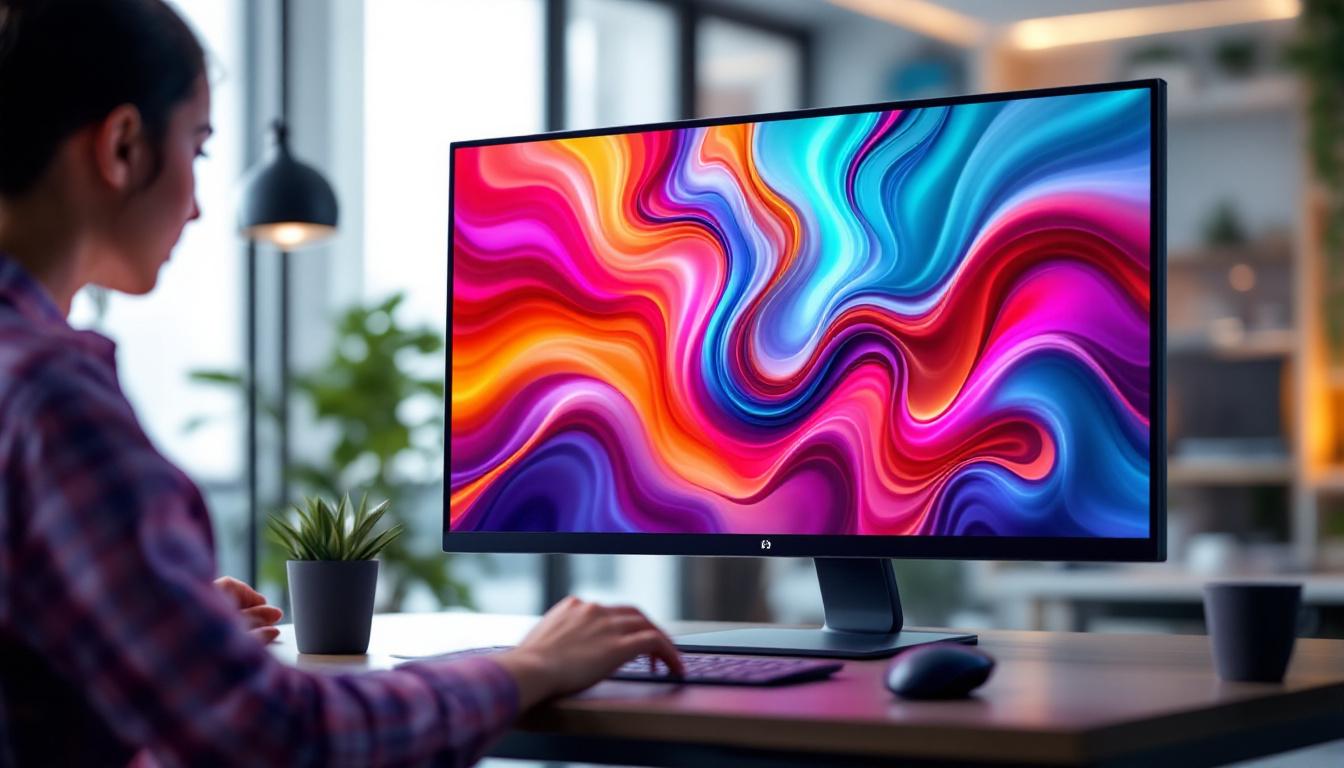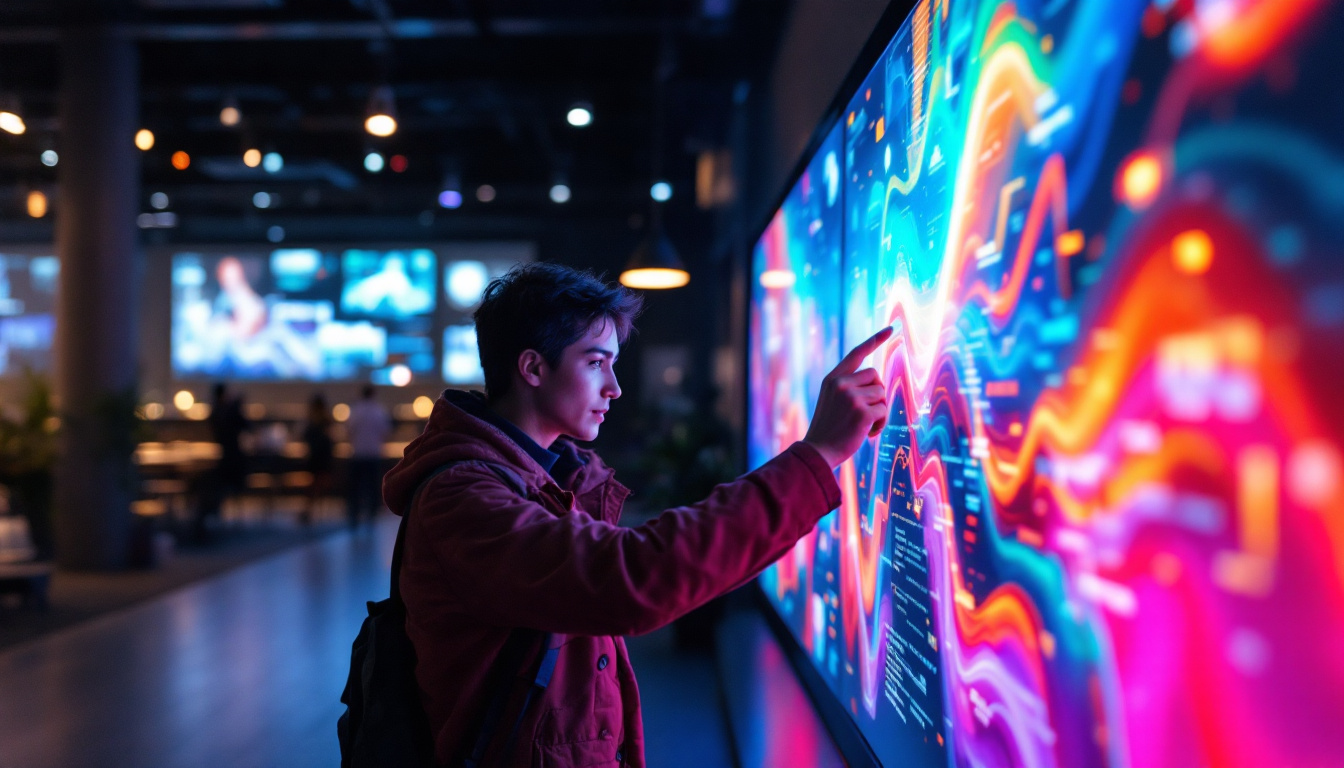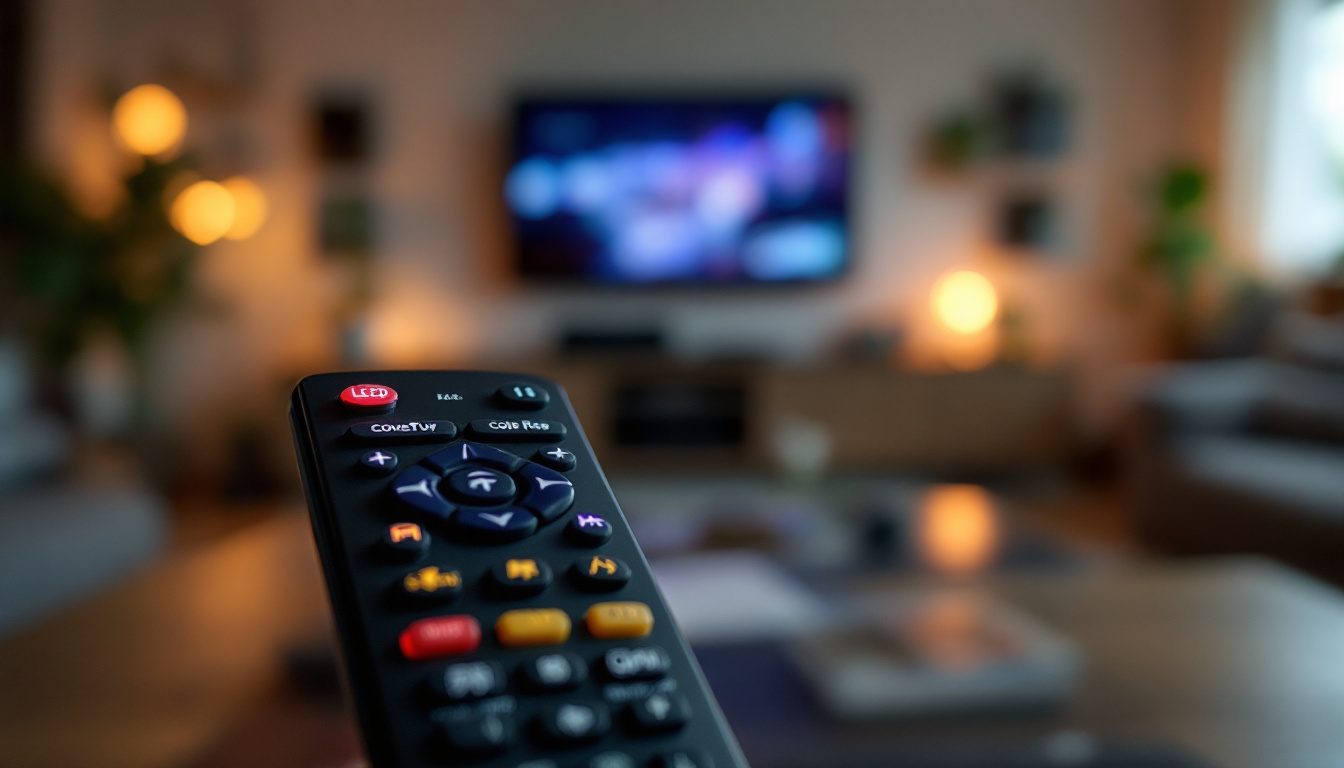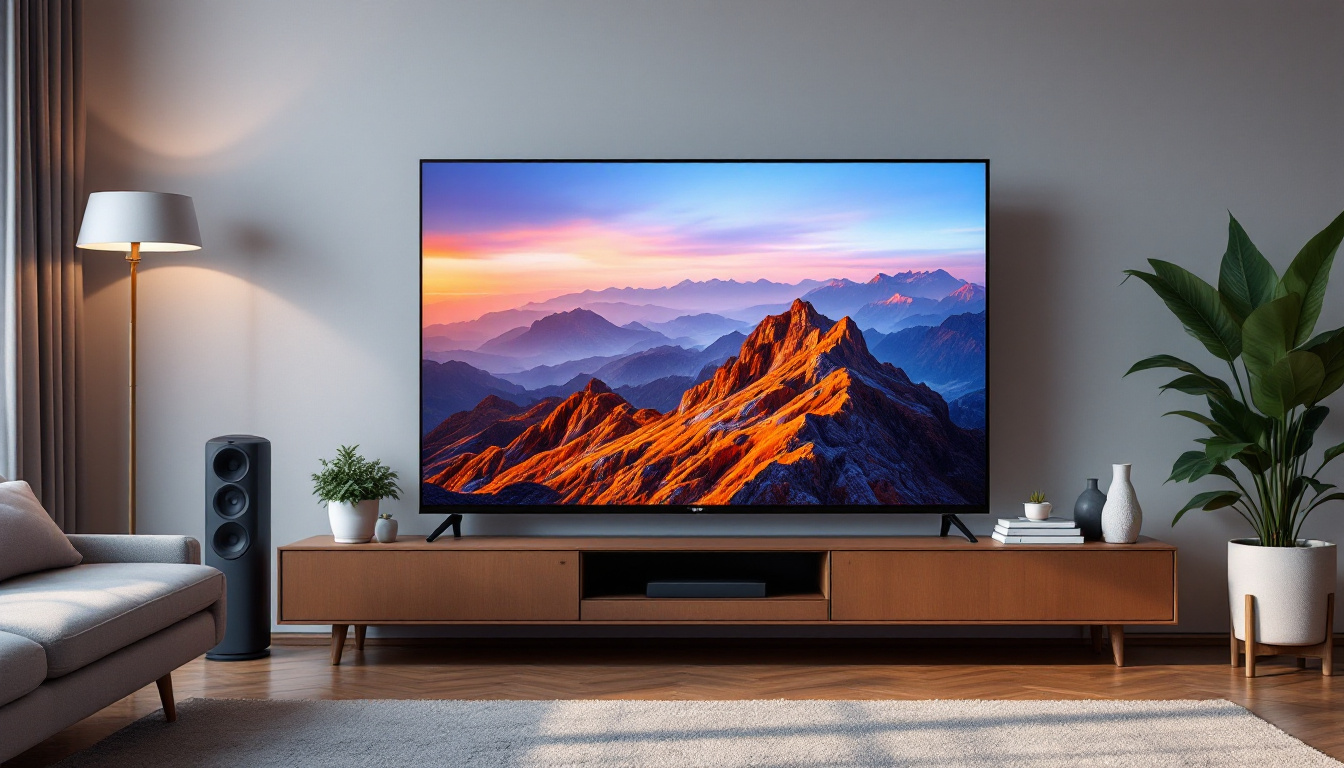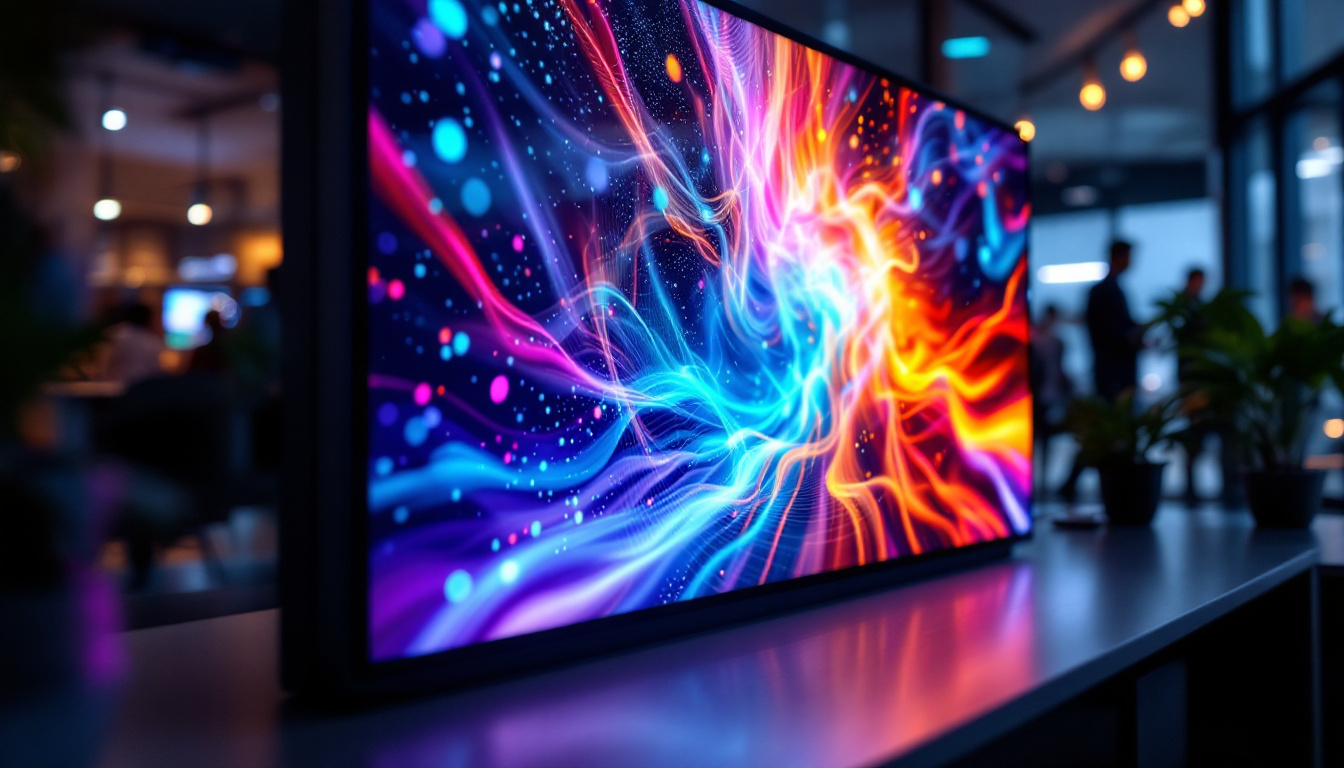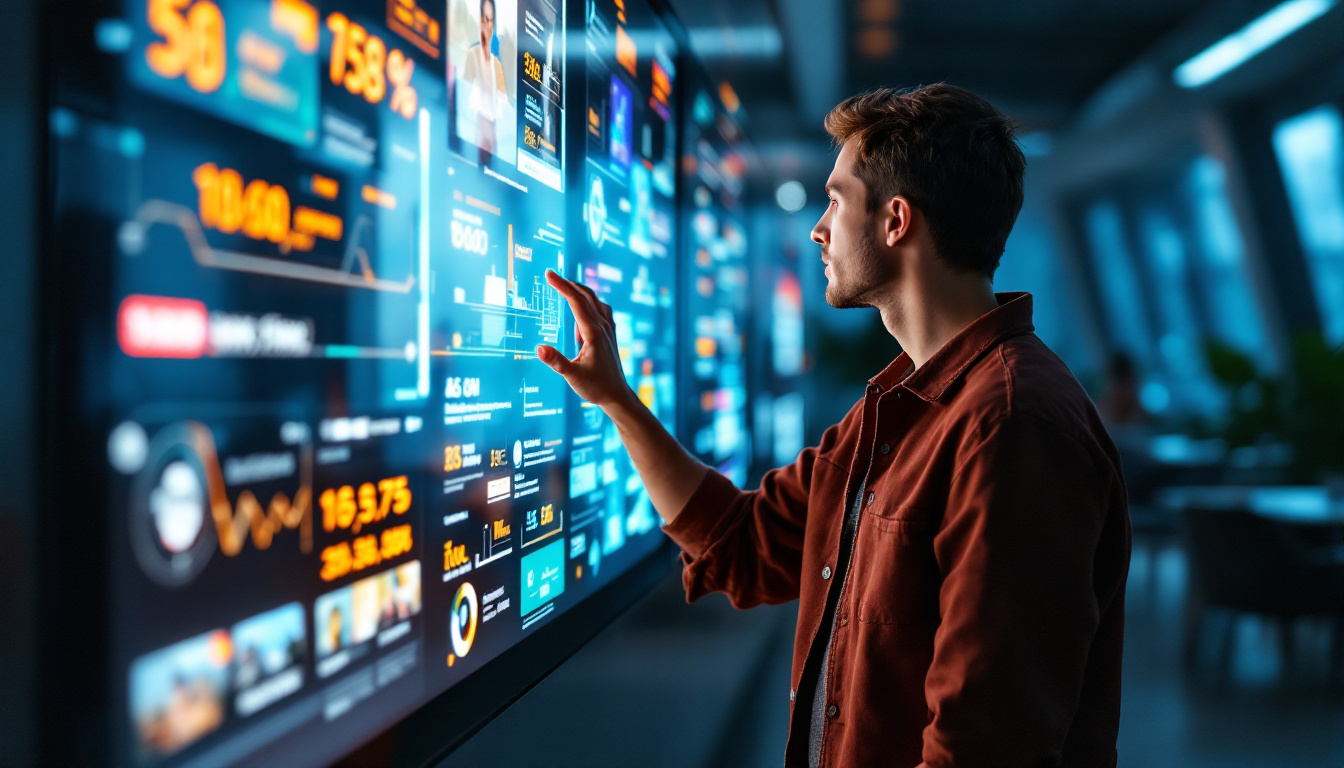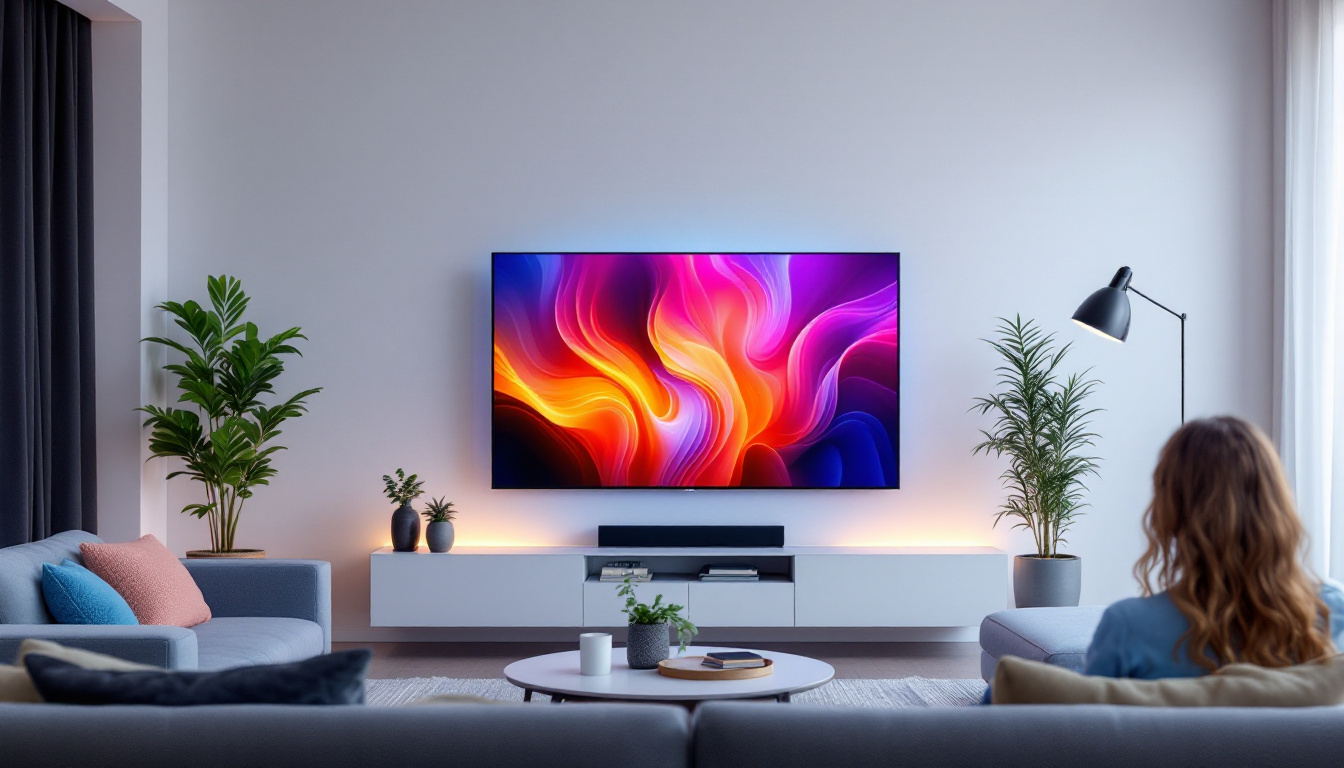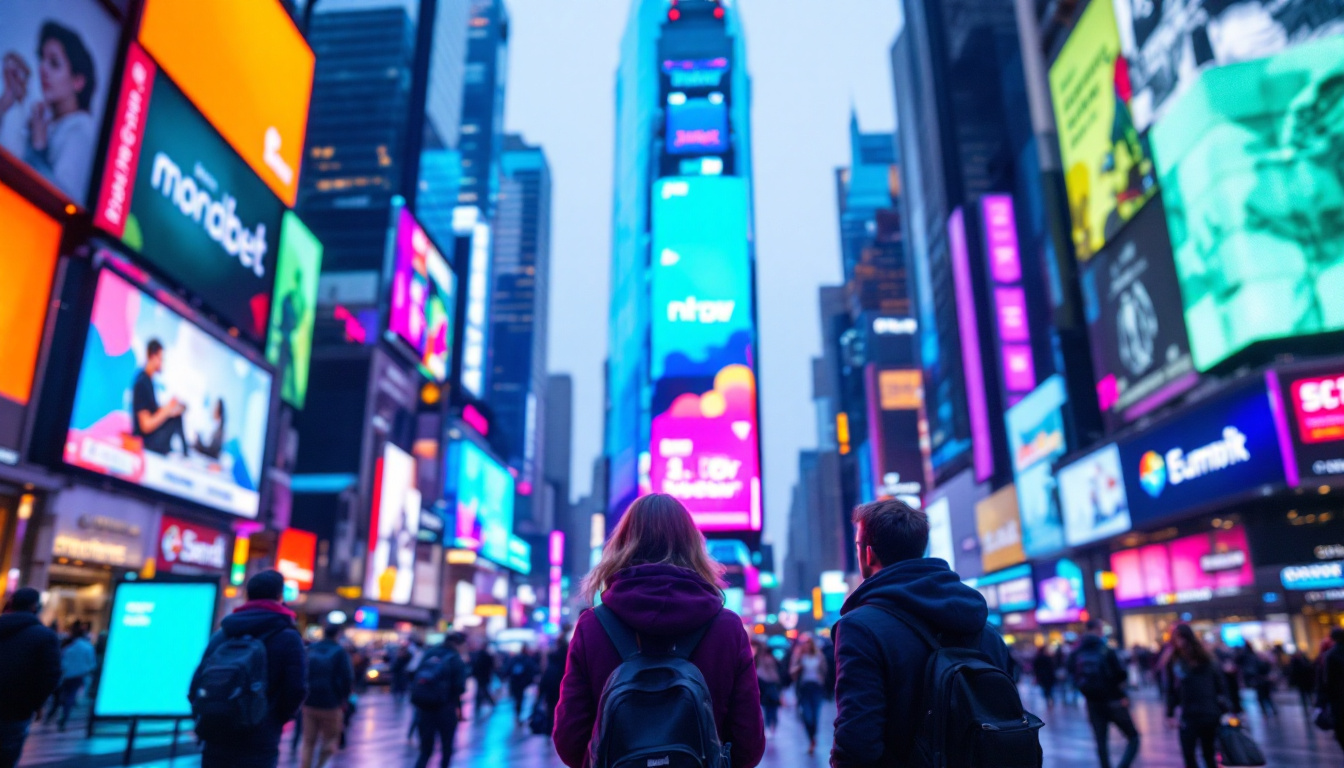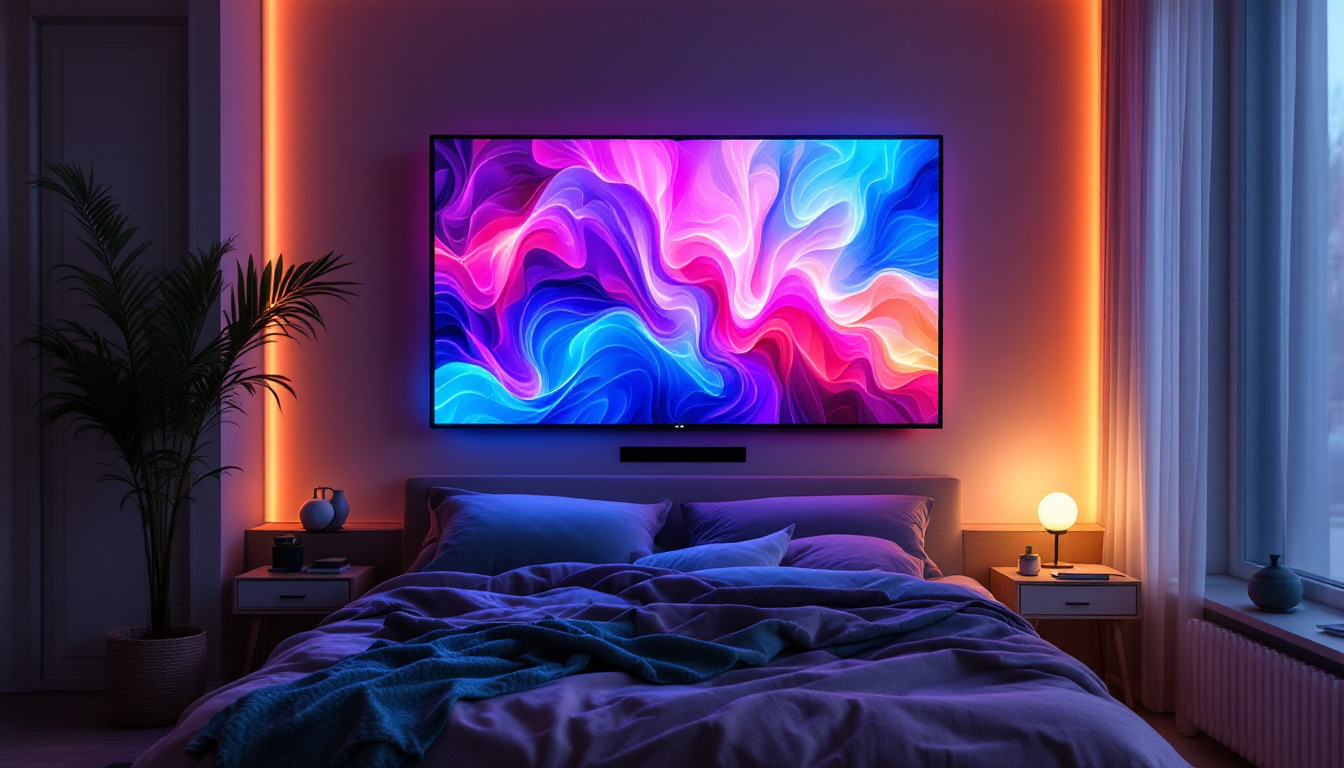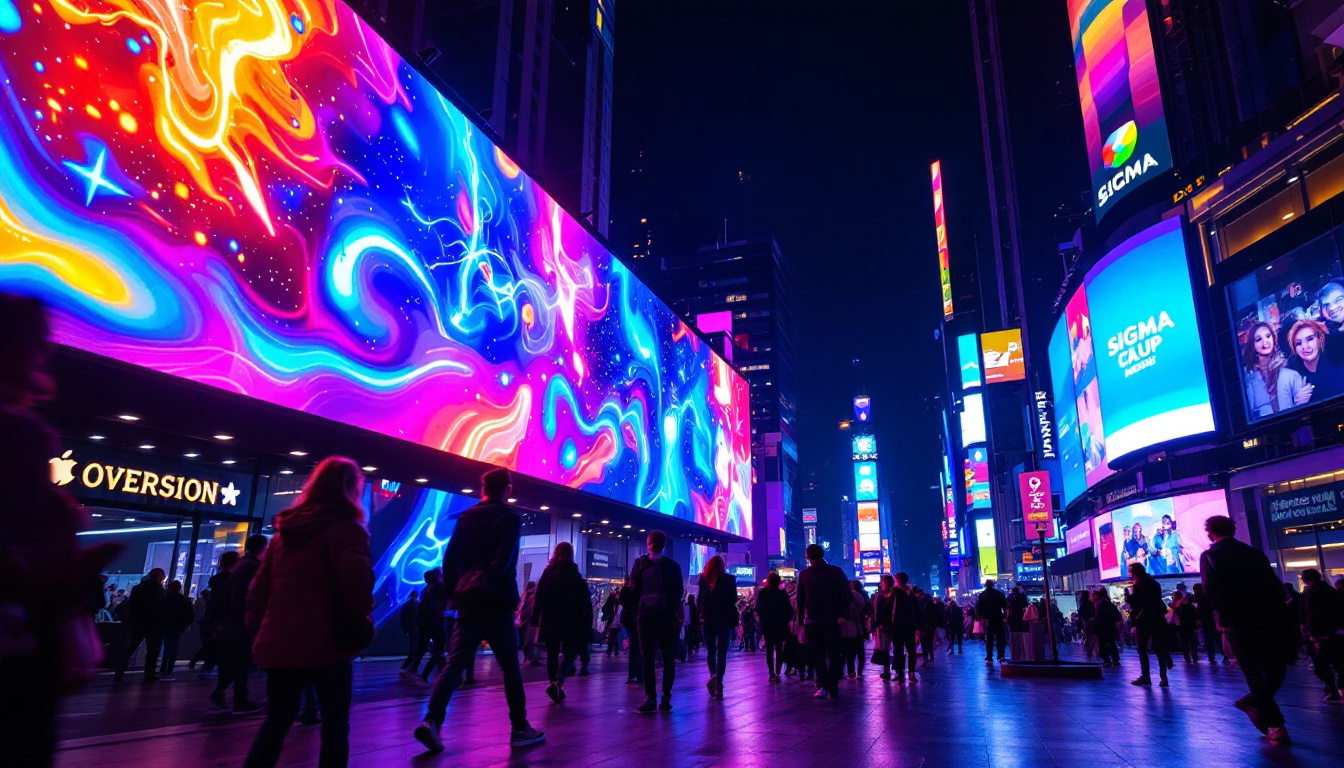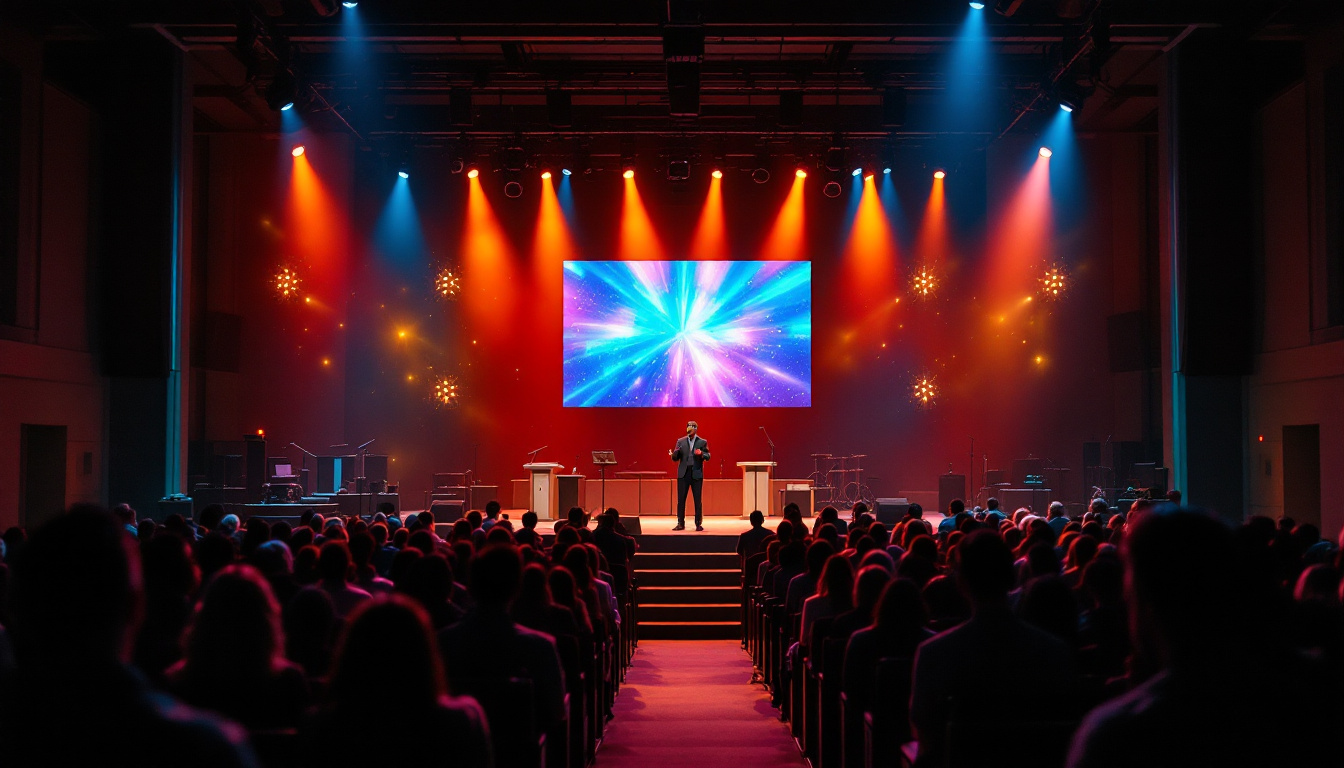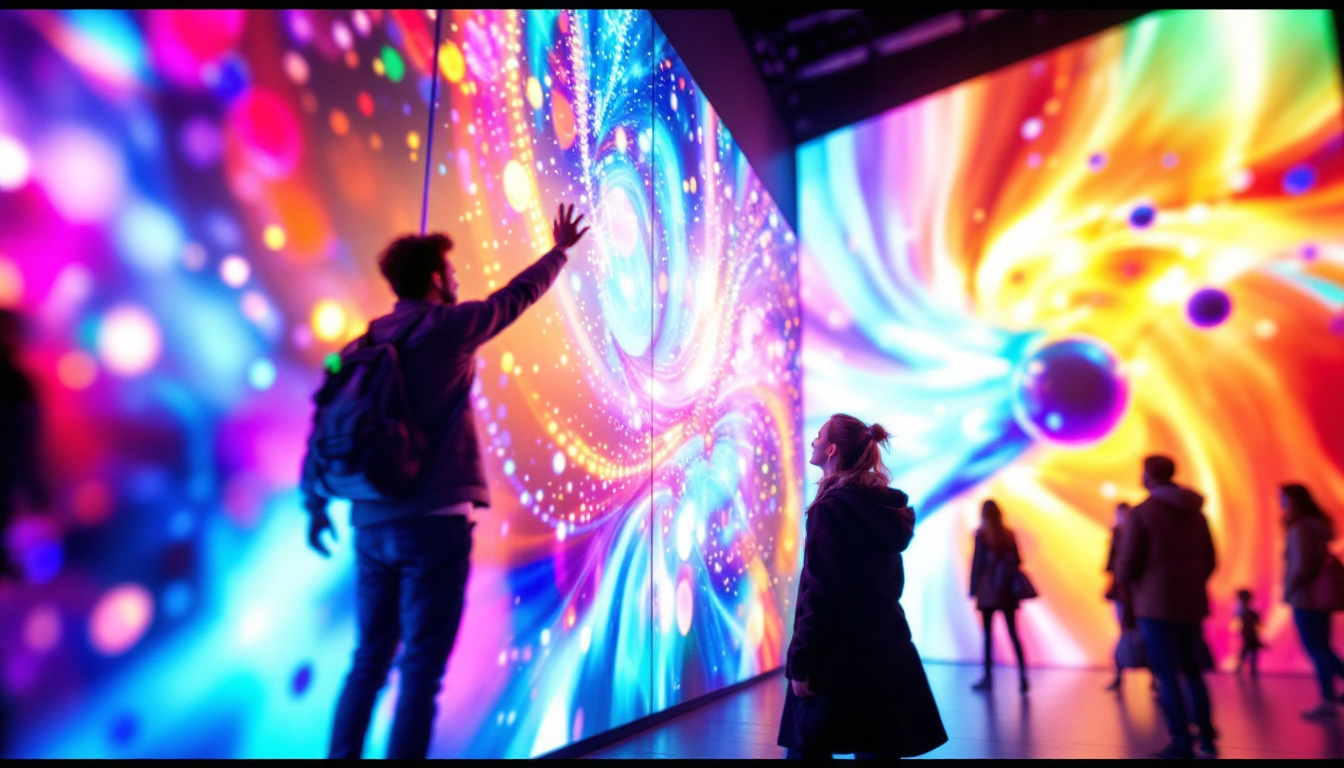In today’s fast-paced business environment, effective communication is paramount. Conference rooms serve as the nucleus for collaboration, brainstorming, and decision-making. One of the most significant advancements in conference room technology is the introduction of LED displays. These screens have revolutionized the way presentations are delivered and how information is shared. This article delves into the intricacies of LED displays, their advantages, and how they enhance the conference room experience.
Understanding LED Technology
Light Emitting Diodes (LEDs) are semiconductor devices that emit light when an electric current passes through them. Unlike traditional display technologies, such as LCD or projection systems, LED displays utilize numerous small diodes to create images. This technology offers several benefits that make it particularly suitable for conference rooms. The energy efficiency of LEDs is a significant advantage, as they consume less power compared to their counterparts, leading to lower operational costs and a reduced carbon footprint. Additionally, the longevity of LED technology means that users can expect a lifespan of up to 100,000 hours, minimizing the need for frequent replacements.
How LED Displays Work
LED displays consist of an array of individual LED lights that combine to form a cohesive image. These displays can be categorized into two main types: direct view and backlit. Direct view LED displays are made up of pixels that emit light directly, while backlit displays use LEDs to illuminate an LCD panel from behind. The ability of direct view displays to achieve high levels of brightness makes them particularly effective in environments with significant ambient light, such as conference rooms with large windows or bright overhead lighting.
In a conference room setting, direct view LED displays are often preferred due to their superior brightness and contrast ratios. This results in clearer images and vibrant colors, making them ideal for presentations that require high visibility. Furthermore, the wide viewing angles offered by LED technology ensure that everyone in the room, regardless of their seating position, can enjoy an optimal viewing experience without any loss of image quality.
Types of LED Displays
There are several types of LED displays available, each with its unique features and applications. Some of the most common types include:
- Indoor LED Displays: Designed for use in enclosed spaces, these displays offer high resolution and brightness, making them perfect for conference rooms. Their ability to render detailed graphics and text ensures that even the smallest elements of a presentation are easily visible.
- Outdoor LED Displays: Built to withstand environmental factors, outdoor displays are typically brighter and more durable, suitable for external presentations or advertising. These displays often feature weatherproof casings and enhanced cooling systems to ensure reliable performance in varying weather conditions.
- Fine Pixel Pitch Displays: These displays feature a smaller pixel pitch, allowing for closer viewing distances without sacrificing image quality, ideal for large conference rooms. The fine pixel pitch technology enables the display to maintain high clarity even when viewed up close, making it suitable for detailed visual content, such as graphs and charts.
Additionally, LED displays can be customized in size and shape, allowing for creative installations that fit the specific layout of a conference room. This flexibility enables organizations to create immersive environments that enhance collaboration and engagement during meetings. As technology continues to evolve, the integration of smart features such as touch interactivity and wireless connectivity is becoming increasingly common, further enhancing the functionality of LED displays in professional settings.
Advantages of LED Displays in Conference Rooms
LED displays have become increasingly popular in conference rooms for several compelling reasons. Their benefits extend beyond mere aesthetics, influencing the overall effectiveness of meetings and presentations.
Enhanced Visual Quality
One of the most significant advantages of LED displays is their exceptional visual quality. With high resolution and vibrant colors, these displays ensure that every detail is visible, making it easier for participants to engage with the content being presented. Whether it’s a complex graph, a video, or a simple slide, LED technology provides clarity that is often unmatched by traditional projection systems.
Energy Efficiency
In an era where sustainability is a growing concern, LED displays stand out due to their energy efficiency. They consume significantly less power compared to older technologies, which not only reduces operational costs but also minimizes the environmental impact. Businesses looking to enhance their green credentials can benefit from this aspect of LED technology.
Longevity and Durability
LED displays are designed to last longer than traditional screens. With a lifespan of up to 100,000 hours, they require less frequent replacements, which translates to lower maintenance costs. Additionally, LED technology is more resilient to damage, making it suitable for high-traffic environments like conference rooms.
Integrating LED Displays into Conference Rooms
Implementing LED displays in conference rooms involves careful planning and consideration. The integration process can significantly influence the effectiveness of the technology and the overall user experience.
Choosing the Right Size and Resolution
The size and resolution of the LED display are crucial factors to consider. A larger screen may be necessary for bigger conference rooms to ensure that all participants can see the content clearly. Additionally, the resolution should be high enough to maintain image quality, especially for detailed graphics or text.
It is advisable to conduct a needs assessment to determine the appropriate size and resolution based on the room’s dimensions and the typical audience size. This ensures that the display meets the specific requirements of the space.
Installation Considerations
Proper installation is key to maximizing the benefits of LED displays. This includes selecting the right mounting options, ensuring optimal viewing angles, and considering ambient lighting conditions. For instance, in rooms with a lot of natural light, a brighter display may be necessary to counteract glare.
Furthermore, collaborating with professional installers can ensure that the display is set up correctly, providing a seamless experience for users. They can also assist in integrating the display with other conference room technologies, such as audio systems and video conferencing tools.
Training and Familiarization
Even the most advanced technology can fall short if users are not adequately trained. Providing training sessions for employees on how to use the LED display effectively can enhance the overall experience. This includes familiarizing them with the display’s features, connectivity options, and software integration.
Encouraging staff to explore the capabilities of the display can lead to more dynamic presentations and a more engaging conference environment. This investment in training pays off by fostering a culture of innovation and collaboration.
Challenges and Considerations
While LED displays offer numerous advantages, there are also challenges and considerations that organizations must address before making the switch.
Initial Costs
The initial investment for LED displays can be higher than traditional projection systems. However, it is essential to view this as a long-term investment. The durability, energy efficiency, and reduced maintenance costs can offset the initial expenditure over time.
Organizations should conduct a cost-benefit analysis to determine the potential return on investment. This analysis can help justify the upfront costs by highlighting the long-term savings and benefits associated with LED technology.
Technical Compatibility
Ensuring that the LED display is compatible with existing conference room technology is crucial. This includes checking for connectivity options, software compatibility, and integration with other devices such as laptops and video conferencing systems.
Consulting with IT professionals can help identify potential compatibility issues and ensure a smooth integration process. This proactive approach can prevent technical difficulties during important meetings.
Maintenance and Support
While LED displays are generally low-maintenance, they still require regular upkeep to ensure optimal performance. Organizations should establish a maintenance schedule that includes routine checks and cleaning to keep the display in top condition.
Additionally, having a support plan in place is essential for addressing any technical issues that may arise. This could involve partnering with a service provider or having an in-house IT team trained to handle LED display maintenance.
Future Trends in LED Display Technology
The landscape of LED display technology is continually evolving, with new advancements promising to enhance the conference room experience even further. Staying informed about these trends can help organizations make informed decisions about their technology investments.
Improved Interactivity
Future LED displays are expected to incorporate more interactive features, allowing users to engage with content in real-time. Touchscreen capabilities and gesture recognition could enable participants to manipulate presentations directly on the screen, fostering a more collaborative environment.
This interactivity can lead to more dynamic discussions and brainstorming sessions, as participants can contribute ideas and feedback instantly. As technology advances, the potential for interactive displays will likely become a standard expectation in conference rooms.
Integration with AI and IoT
The integration of artificial intelligence (AI) and the Internet of Things (IoT) is set to transform how LED displays function within conference rooms. AI can analyze meeting patterns and preferences, automatically adjusting settings for optimal performance based on user behavior.
Moreover, IoT connectivity can enable seamless communication between devices, allowing for a more cohesive and integrated conference room experience. This could lead to smarter meeting environments where technology adapts to the needs of users in real-time.
Advancements in Display Quality
As technology progresses, the quality of LED displays will continue to improve. Innovations such as microLED technology promise even higher resolutions and better color accuracy, making displays more lifelike and engaging.
These advancements will further enhance the effectiveness of presentations, making it easier for participants to absorb information and engage with the content being shared. Organizations that stay ahead of these trends will be better positioned to leverage technology for improved collaboration.
Conclusion
LED displays have become an integral part of modern conference rooms, offering numerous advantages that enhance communication and collaboration. From improved visual quality to energy efficiency and durability, these displays are transforming how organizations conduct meetings and presentations.
While there are challenges to consider, the long-term benefits of integrating LED technology into conference rooms are significant. As advancements continue to shape the future of LED displays, organizations that embrace this technology will be better equipped to foster innovation and collaboration in their workplaces.
Ultimately, investing in LED displays is not just about upgrading technology; it’s about creating an environment that encourages creativity, engagement, and effective communication. As the business landscape continues to evolve, so too must the tools that facilitate collaboration and decision-making.
Discover LumenMatrix’s Innovative LED Solutions
Ready to elevate your conference room with the latest in LED display technology? LumenMatrix offers a comprehensive range of cutting-edge LED display modules designed to transform your collaborative spaces. From vibrant Indoor LED Wall Displays to dynamic Outdoor LED Wall Displays, and even specialized solutions like Vehicle LED Displays and LED Sports Displays, we have everything you need to create an engaging and effective communication environment. Experience the difference that quality and innovation can make. Check out LumenMatrix LED Display Solutions today and bring your visual communication to life.


